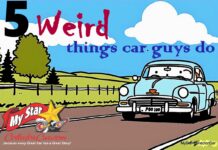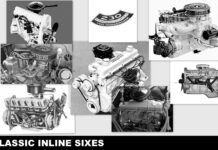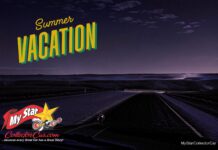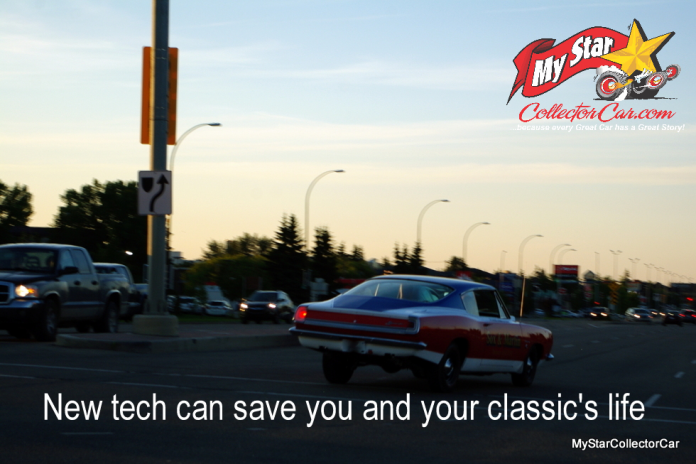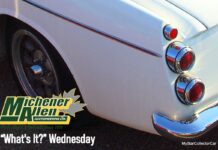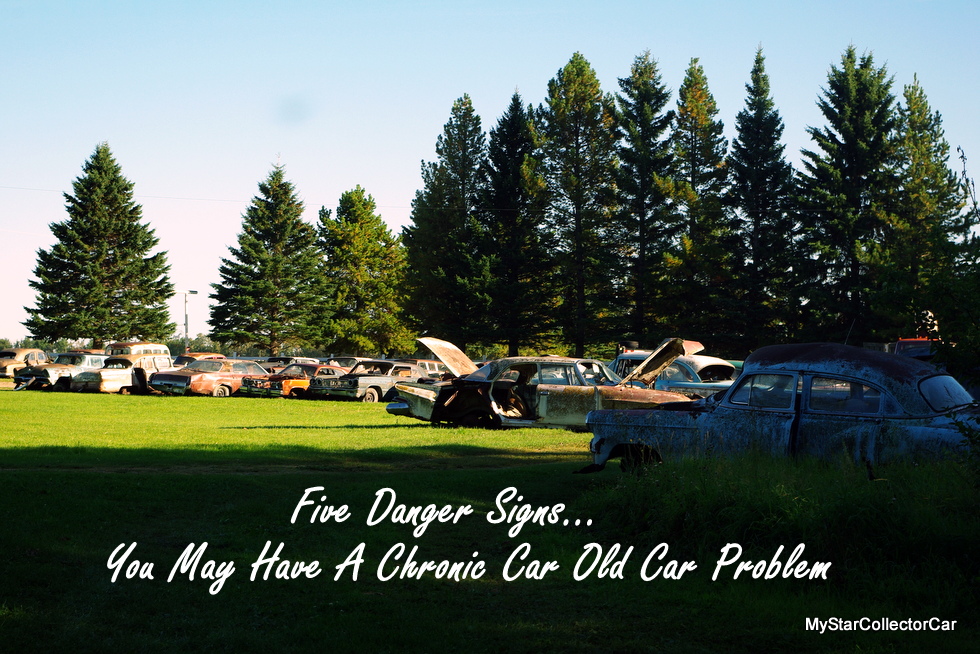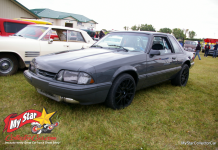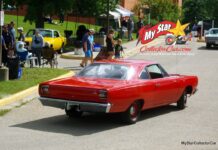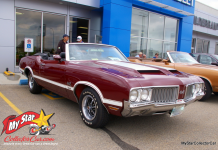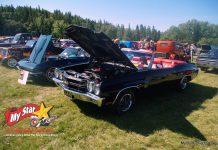Be honest – you wouldn’t be reading this if you didn’t like old iron so here are five more smart things for vintage iron (a follow-up on a December 2019 MyStar article).
Your love of classic cars and trucks means you understand the strengths and weaknesses of automotive technology from 40 or more years ago; but today’s world is a lot more challenging for vintage machines.
Car guys live comfortably in the past but many of them carry smart phones and use them to their advantage, so why not add some smart technology to make life behind the wheel of your street rod more livable?
Jerry Sutherland
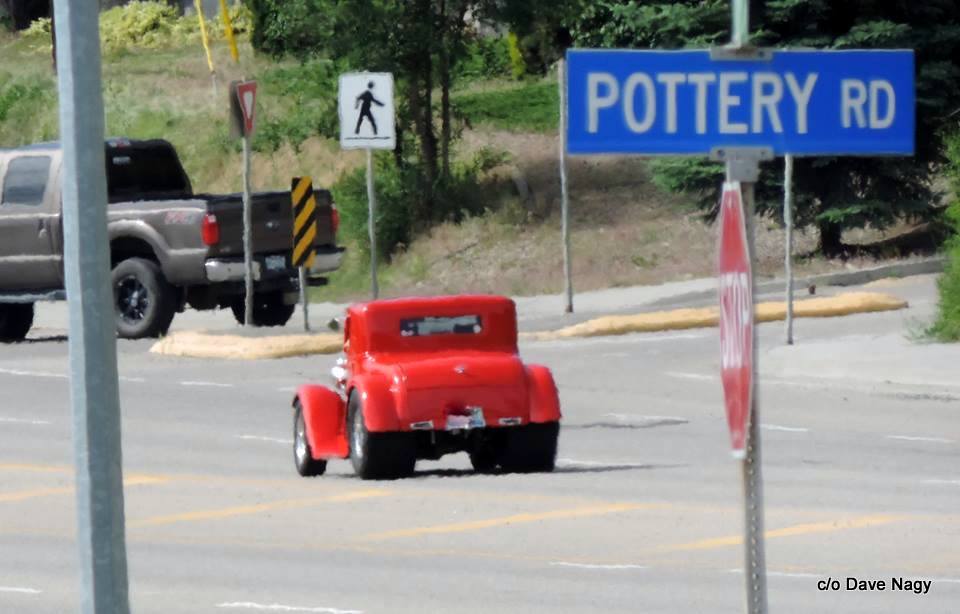
Self-parking cars are a reality in 2020 and they’re used primarily to park compact cars and SUVs in urban settings – apply this technology to your ’56 Caddy hearse and suddenly a whole new universe opens up.
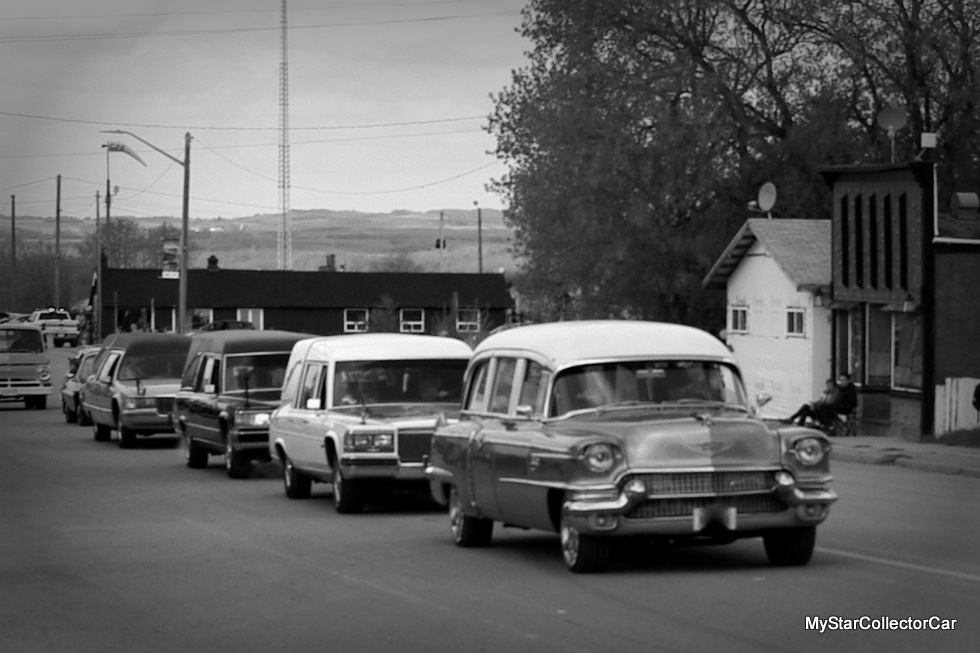
These systems work with the driver in or out of the car. You don’t even grab the steering wheel because it’s all done with a dial on the console or via a remote control, so you watch your big hearse park by itself. It takes all the thinking out of parking – that’s a good thing.
Another good smart option is a proactive windshield wiper system. This takes existing tech like infrared sensors, cameras and radar in modern cars, combines them and gives you a fighting chance when you’re passing a semi in heavy rain.
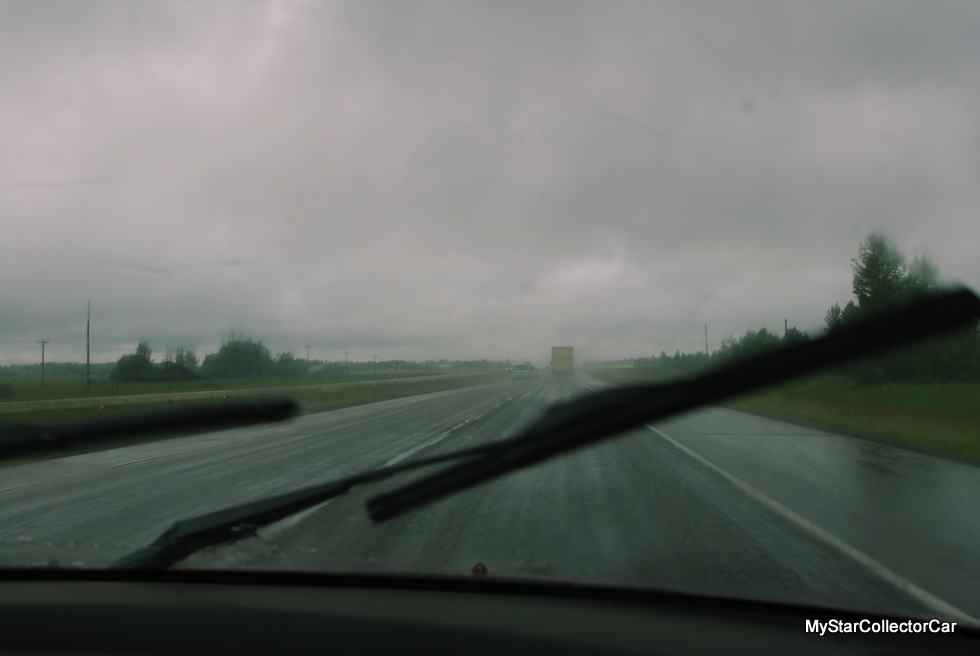
Basically, this system reads what the truck is kicking up behind it during a deluge; turns on your wipers and alters the speed so you don’t get ambushed by a wall of water at 70 mph. Anyone who’s driven an old car with a vacuum wiper system will embrace this option like it’s the last life raft on the Titanic.

Smart headlights are another great idea for classic iron. We’ve come a long way since the old kerosene headlights of the brass era – or the generator-driven 6-volt headlights from later eras.
There’s a state-of-the-art system called ADB (adaptive driving beam) and it’s perfect for guys who like to take the old Plymouth out for a rip after the sun goes down.
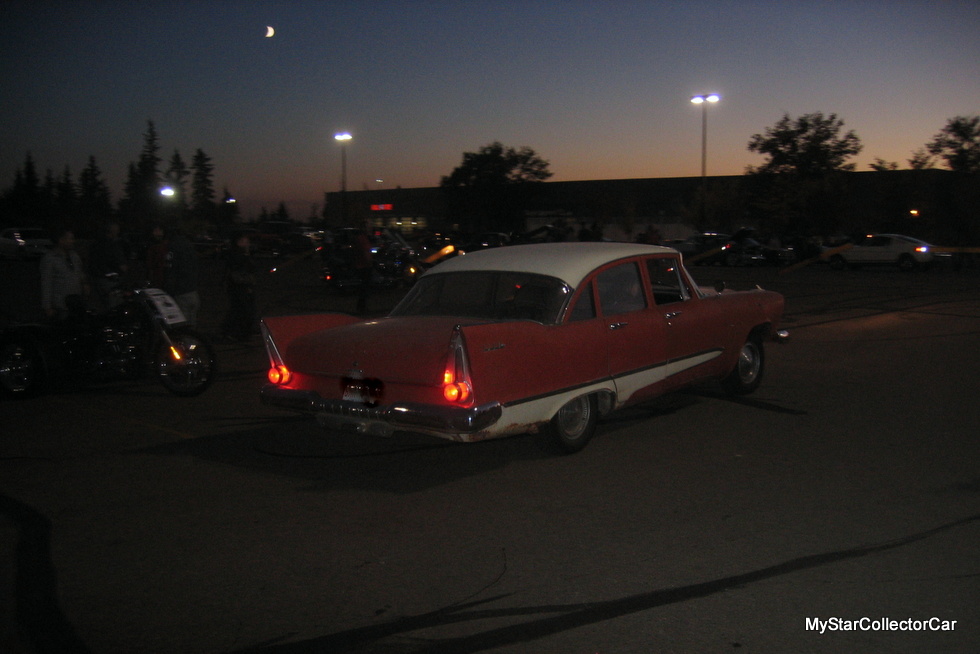
The ADB system gives you the advantage of new-tech headlights on high beam but it negates the glare you give oncoming drivers. In other words, you can be a safe, courteous driver – that’s on option worth grafting on people in today’s me-first world.
Crush zones are another great idea. The old classics may have been built out of better sheet metal sitting on a massive frame, but the laws of physics are against you walking away from a head-on — even if you’re only doing 40 miles per hour.
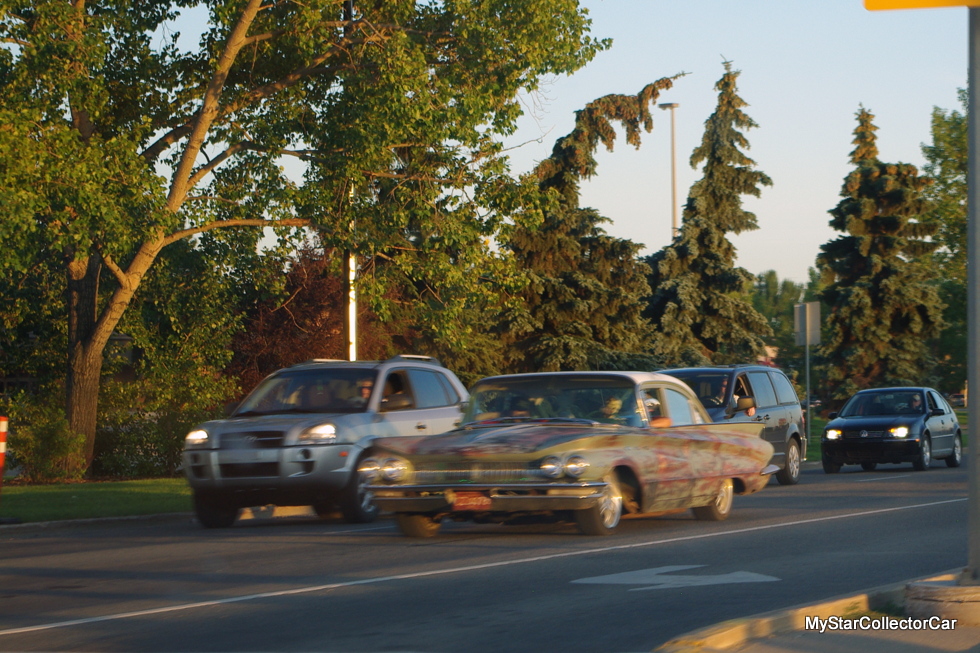
Crush zones would be a nightmare to retro engineer, but they’re worth it because they’re designed to absorb the impact of a collision and slow down your ejection into the windshield…assuming you also retrofitted seatbelts.
Rollover prevention systems are the fifth and final great idea for old iron. RPS is designed to keep you from putting your 70-year-old car on its roof so it makes driving a lot less frantic.
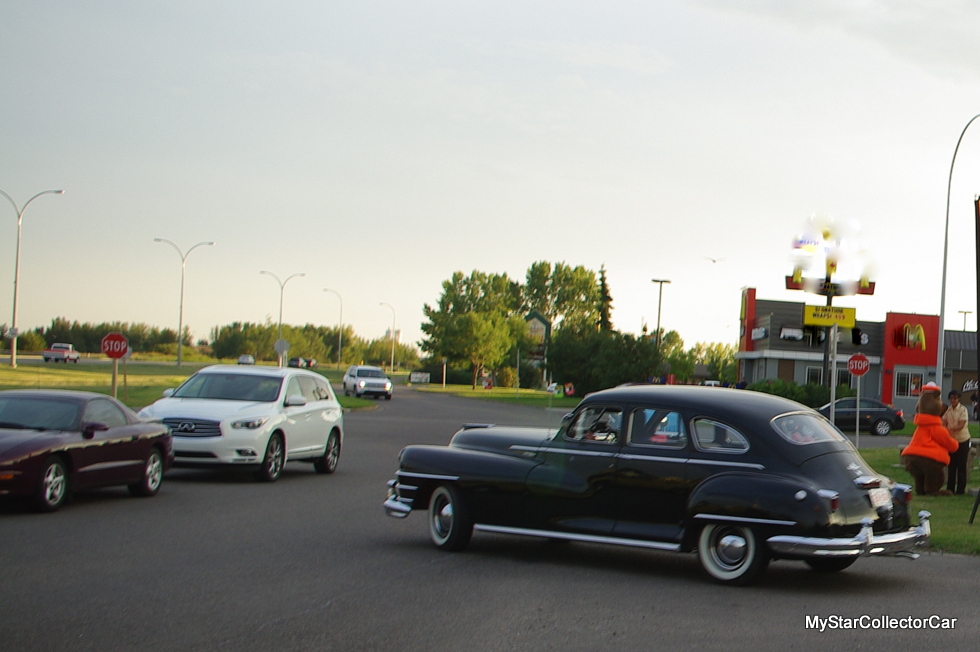
Rollover prevention is particularly important in big rigs like dump trucks with high centers of gravity. That weakness could easily be applied to older iron so RPS takes over to brake and steer you through a turn where you exercised really bad judgement.
Can you apply these high-tech innovations to old cars and trucks? Yes and no because some are bolt-on items and others would require a complete gutting of your beloved Chevy wagon to work properly.
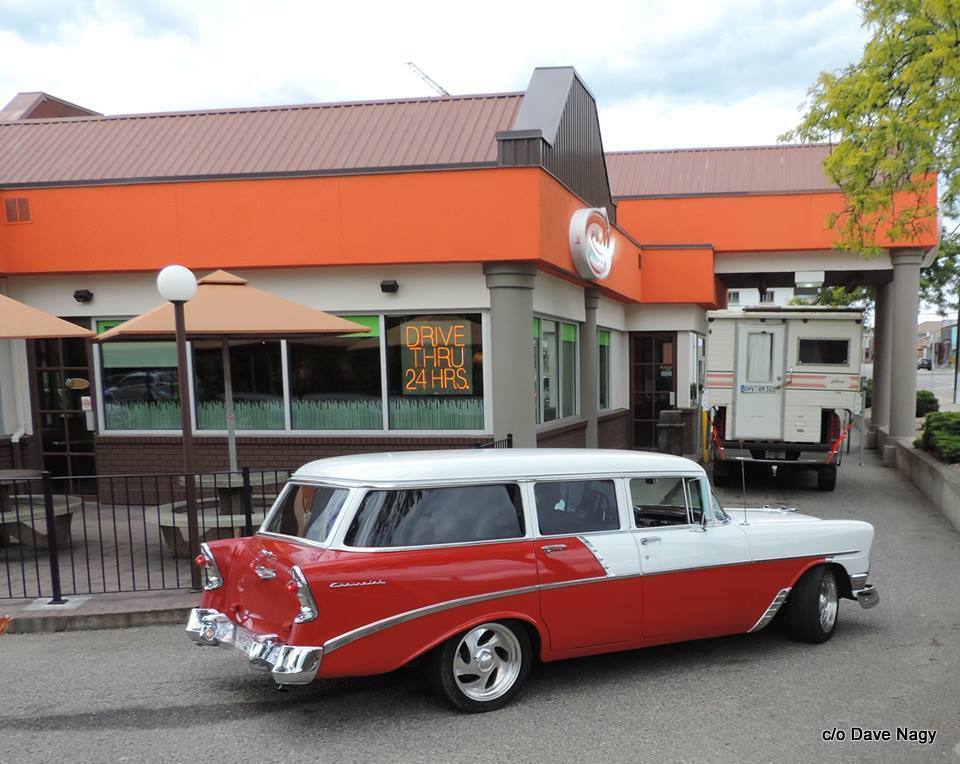
The pain might be worse than the crash.
by Jerry Sutherland
Jerry Sutherland is a veteran automotive writer with a primary focus on the collector car hobby. His work has been published in many outlets and publications, including the National Post, Calgary Herald, Edmonton Journal, Ottawa Citizen, Montreal Gazette, Saskatoon StarPhoenix, Regina Leader-Post, Vancouver Sun and The Truth About Cars. He is also a regular contributor to Auto Roundup Publications.
- CLICK HERE TO SIGN UP FOR THE NEWSLETTER
- CLICK HERE to Like us on Facebook
- CLICK HERE to Follow us on Twitter
- CLICK HERE to Follow us on Pinterest
Please re-post this if you like this article.



